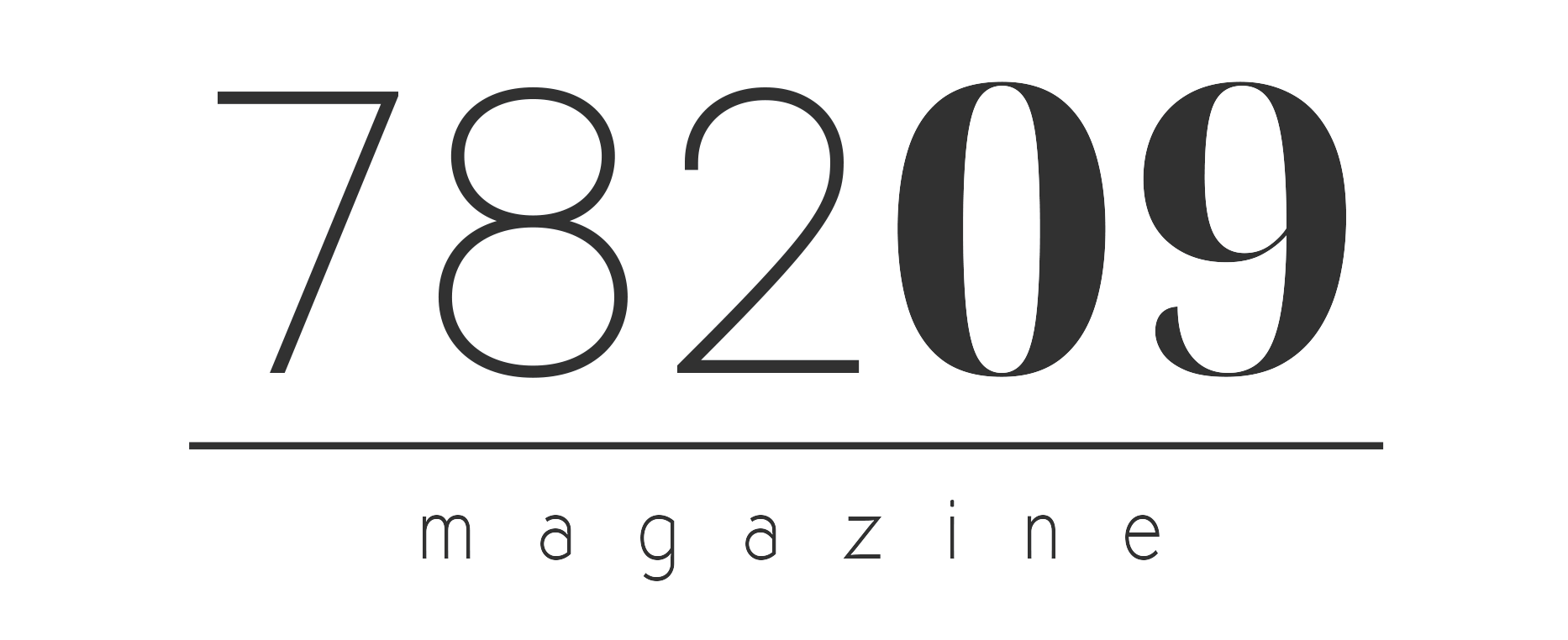
Sinus Infection: When to Seek Treatment
I
f you’ve ever suffered from the aching, throbbing pain of a sinus infection, you know how intensely miserable they are, but does a sinus infection call for a trip to urgent care? Sinus infections are common and are more frequent during the fall months.
We get sinus infections—also called sinusitis—because the tissues inside these hollow spaces in the skull become inflamed, which triggers the production of thick mucous. This mucous blocks the sinuses, giving bacteria the perfect place to start an infection.
Sinus infections are often associated with allergies, which cause swollen nasal passages and heavy mucus production, but bad colds and other respiratory viral diseases are also prone to causing swelling and blockages in the sinuses.
Although the viruses that cause colds and flu do not often cause sinus infections directly, they do lead to swollen nasal passages that don’t drain adequately. When sinuses are blocked, bacteria breed rapidly in the warm, moist sinus passages, and often, just as a person’s getting over a bad cold, a sinus infection will emerge.
Sinus infections and bad colds share several symptoms, including:
- Coughs
- Sore throat
- Runny or stuffy nose
- Headaches
- Fatigue
- Swollen sinuses
- Excess mucous in the nose and throat
- Fever (low grade in adults, but may be higher in children)
However, there are some hallmark symptoms of sinus infections that can typically help you tell one infection from the other. Sinus infections usually produce a throbbing, aching pain in the face and sometimes behind the eye, whereas bad colds tend not to cause facial pain.
Sinus infections also produce dark yellow to greenish mucous that drips down the throat, whereas mucous expelled during a bad cold is usually lighter in color.
Sinus infections can be acute, coming on rapidly and then resolving within a week. They may also become chronic, lasting for 10 days or more.
When a person’s symptoms do stick around for longer than 10 days, or if someone who was recovering from a sinus infection experiences a return of symptoms, it’s best to go to urgent care. Sinus infections can resolve on their own without someone seeking medical care, but when they linger, there’s a good chance a bacterial infection is present. Even though bacterial infections can get better on their own, after a week to 10 days, there’s a possibility that antibiotics are going to be required.
Another indication to head for your local urgent care is a rising fever. Once an adult or child’s temperature exceeds 100 degrees, it’s a good idea to visit Urgent Care 24/7.
Fortunately, sinus infections respond well to antibiotics. It’s important to take all of the antibiotics prescribed to you or your child in a course of treatment. If the infection isn’t thoroughly resolved, any remaining bacteria will likely start the infection cycle all over again.
If you are experiencing symptoms of a sinus infection, seek care at Urgent Care 24/7. Life is 24/7 and so are we! Walk-ins welcome!
We are located at:
1206 Nocagdoches Rd., San Antonio, TX 78209
Contact Us:
(726) 201-3400
UrgentCare247.com





